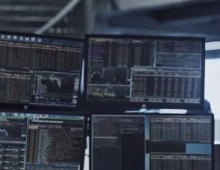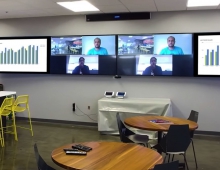
Top 20 computer threats unveiled
The yearly hit parade of hackers' favourite security vulnerabilities has been published.
Issued by the respected Sans Institute, the Top 20 list helps organisations find out if they are closing the most commonly exploited loopholes.
With more than 2,500 software vulnerabilities found every year many organisations need help to know which ones to tackle first.
The list includes loopholes found in both Windows and Unix/Linux software.
Big hitter
"It's a first things first list," said Alan Paller, head of the Sans Institute, a non-profit group which trains and certifies computer security professionals.
"It can be very helpful for people that are trying to fix their vulnerabilities."
He told BBC News Online that it was the list of the vulnerabilities hackers were attacking now.
Each entry in the Top 20 mentions a category of software and the accompanying report fleshes out individual vulnerabilities and what organisations can do to close these holes.
Almost 60% of the loopholes listed this year were in the 2003 Top 20 list. Mr Paller said this was because only half of all organisations bother to patch their systems.
"These vulnerabilities are like little diseases that you cannot wipe out if 50% of people do not have the vaccine," he said.
Mr Paller said we will only see significant changes in the Top 20 when organisations get to the point of finding and fixing vulnerabilities automatically.
Shrinking holes
Gerhard Eschelbeck who studies vulnerabilities for online security firm Qualys said: "It gives people a benchmark to measure themselves against."
He said that better information about vulnerabilities popular with the virus writing and hacking communities can help organisations protect themselves.
"The underground knows this data very well," he said. "We want to level the playing field here between the guys that have the data and the bad intentions and the people that need to know about this so they can do their job effectively."
Mr Eschelbeck's work on vulnerabilities shows that every 21 days, on average, the number of web-facing systems vulnerable to a particular loophole shrinks by 50% as people patch machines.
For internal machines, such as the PCs on workers' desktops, the number shrinks 50% every 62 days.
This difference, said Mr Eschelbeck, comes about because of the sheer number of PCs have on desktops and the time it takes to scan them and see which vulnerabilities they are hosting.
| TOP 10 WINDOWS | TOP 10 UNIX/LINUX |
|---|---|
|
|
From BBC News





















